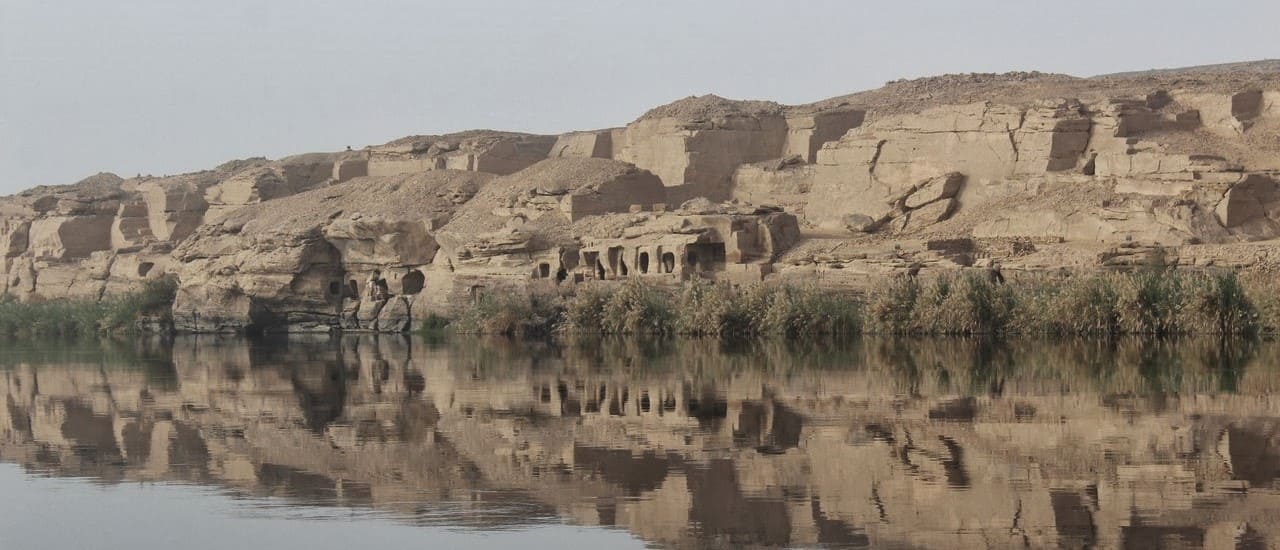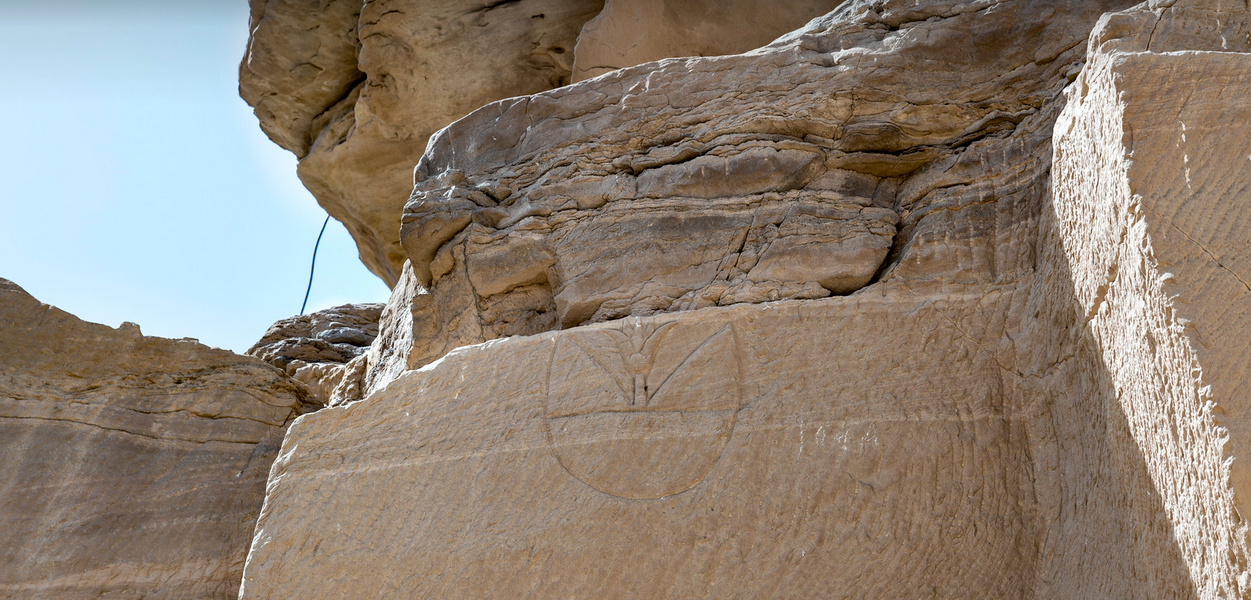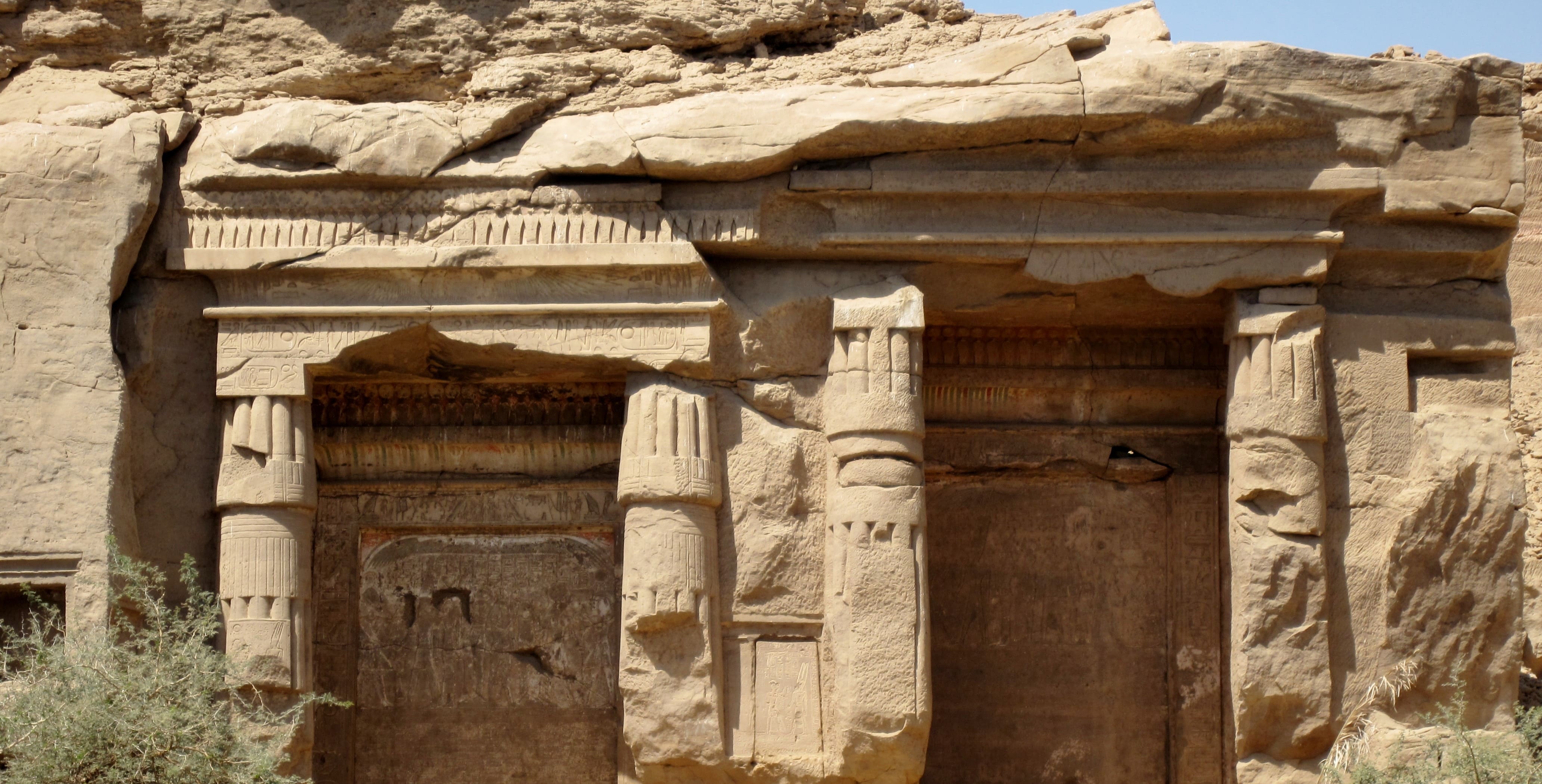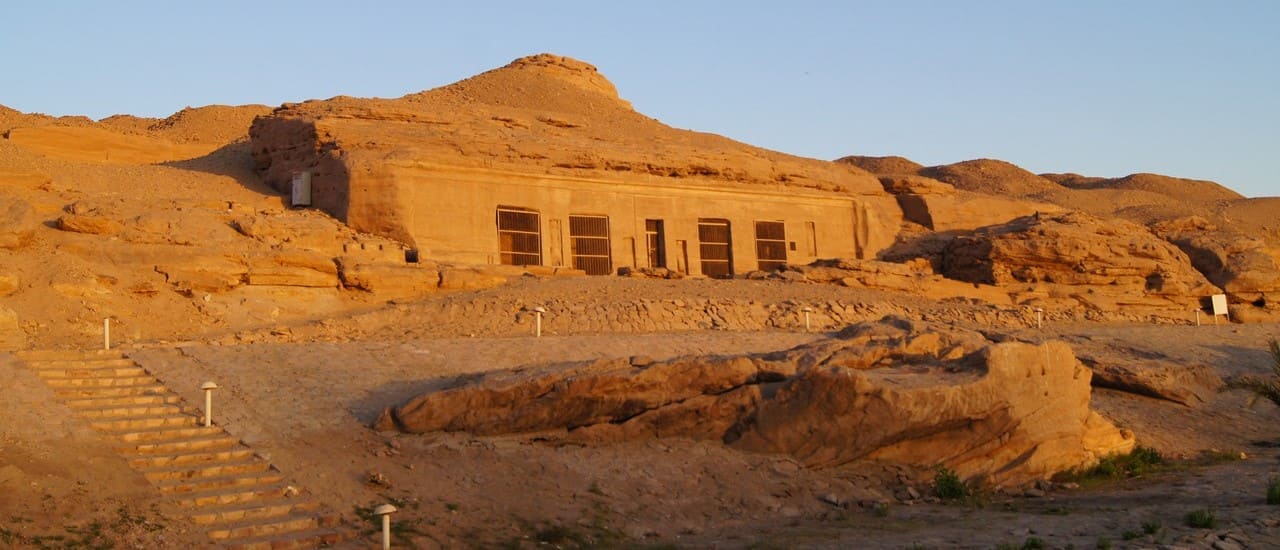Gebel el-Silsila: Egypt’s Sandstone Treasure
Gebel el-Silsila is one of Egypt's most historically significant sites, situated along the tranquil banks of the Nile River just north of Aswan between Edfu and Kom Ombo. It is known primarily for its vast sandstone quarries. It provided the raw materials for many of Egypt’s grandest temples and monuments. Beyond its role as a quarry, Gebel el-Silsila is adorned with a wealth of inscriptions, shrines, and archaeological treasures that depict various deities, pharaohs, and scenes of daily life, offering a window into ancient Egyptian culture.

Today, Gebel el-Silsila is a captivating destination to step back in time and explore an essential part of Egypt’s ancient history. The site’s remote location ensures a tranquil and immersive experience, away from the crowds of more famous tourist spots. Visitors can explore the extensive quarries, marvel at the ancient inscriptions and reliefs, and visit the rock-cut shrines and chapels. all while enjoying the stunning natural scenery along the Nile. Guided tours are available, providing detailed insights into the history and significance of the site.
Historical Background of Gebel el-Silsila
Gebel el-Silsila, meaning "Mountain of the Chain," served as a major source of sandstone from the New Kingdom (circa 1550-1070 BCE) through to the Greco-Roman period. Pharaohs like Thutmose III and Amenhotep III commissioned extensive quarrying operations here. The high-quality sandstone extracted from these quarries was used to construct some of Egypt's most iconic structures, including the temples of Karnak, Luxor, Ramesseum, Edfu, Dendera, and Kom Ombo, and other monumental buildings across the Nile Valley. The site’s strategic location along the Nile made it an ideal place for quarrying and transporting large stone blocks downstream to various construction sites.

Over time, Gebel el-Silsila became more than just a quarry site. Pharaohs and nobles erected shrines and stelae, leaving behind a legacy carved in stone. Later, Romans also utilized the quarries, leaving their mark on the landscape. Throughout the centuries, Gebel el-Silsila witnessed various inhabitants. From quarry workers and officials to hermits in the Roman and Byzantine periods, the site has a layered human history.
Recent archaeological explorations at Gebel el-Silsila have uncovered significant findings that deepen our understanding of the site’s extensive history. Excavations have revealed residential areas where the quarry workers and their families lived, complete with tools, pottery, and other everyday artifacts. These discoveries shed light on the daily lives of the workers, their living conditions, and the logistics of the quarrying operations.
The Quarries

The quarries at Gebel el-Silsila are among the largest and most impressive in Egypt. They stretch for several kilometers along both sides of the Nile, with the most intensive quarrying activities taking place on the east bank. The sandstone extracted here was prized for its quality and durability, making it a preferred material for monumental architecture.
The quarrying process at Gebel el-Silsila involved a combination of skilled labor and advanced techniques. Ancient workers employed a variety of techniques to extract the sandstone, using tools such as wooden wedges, which were soaked in water to expand and split the stone, along with copper and bronze chisels and mallets. The scale of the quarrying operations is evident from the vast chisel marks and the unfinished blocks still visible at the site.
Ancient Inscriptions and Shrines

One of the most captivating aspects of Gebel el-Silsila is the rich collection of inscriptions and shrines carved into the rock faces. These inscriptions date back to various periods, providing valuable insights into the historical and religious significance of the site over the millennia.
Rock Inscriptions
The cliffs of Gebel el-Silsila are adorned with hieroglyphic inscriptions and reliefs depicting pharaohs, gods, and scenes from daily life. These inscriptions often commemorate quarrying expeditions and celebrate the contributions of the officials and workers. They serve as a historical record, capturing moments from Egypt's extensive quarrying history.
Shrines and Chapels
Scattered throughout the site are numerous small shrines and chapels carved directly into the rock and dedicated to various gods and pharaohs. Among the most notable is the Speos of Horemheb, a rock-cut temple built during the reign of Horemheb (circa 1323-1295 BCE). The temple’s beautifully carved reliefs honor the god Sobek and the deified pharaoh Amenhotep III, celebrating the religious devotion of the quarry workers and their leaders. The Kiosk of Seti I is another marvel, showcasing the fine craftsmanship of the period. The site also contains numerous stelae and cenotaphs, adding to its historical richness.

Also: Gebel El-Silsila is included in some of our Nile cruise itineraries, especially the Dahabiya and the Felucca Nile cruises. Don't miss the chance and check out our tours from Here